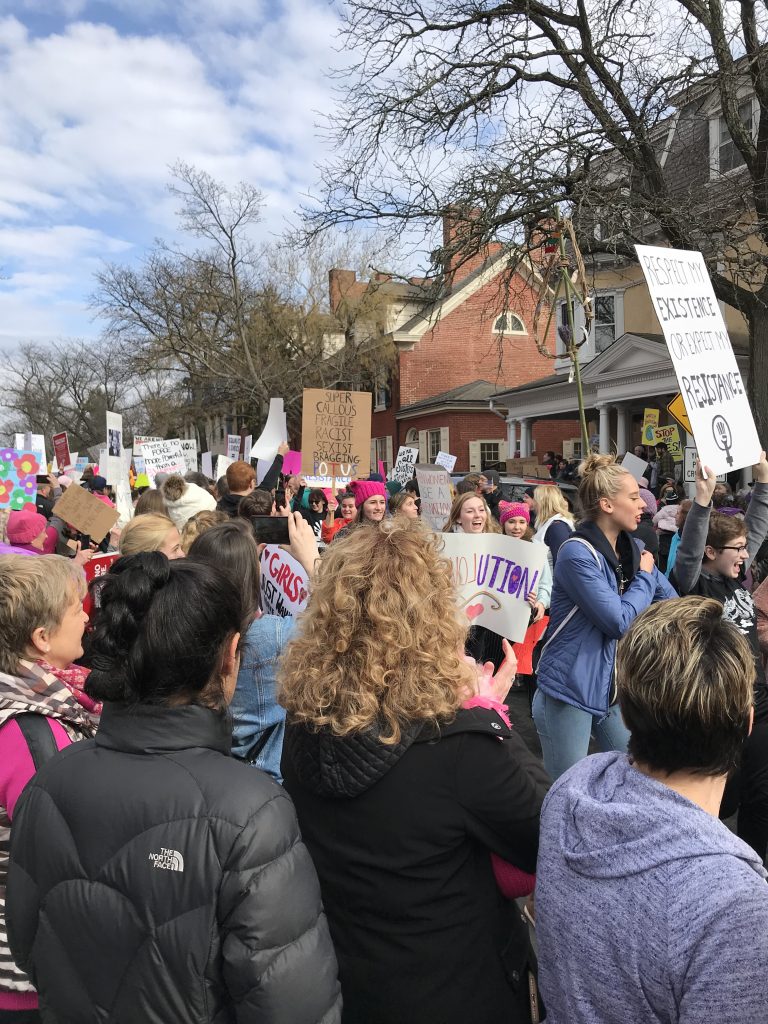Nonviolent social protest is a common tactic in conflict. Yet few groups have a clear model of protest dynamics or the tools to monitor a protest’s effectiveness. Nonviolent social protest brings its own assumptions about force and violence.
5 assumptions about force and violence
| 1. Force is not synonymous with violence. Force is the ability for a group to bring about its goals or to deny another group its goals. |
| 2. Force can be either physical or psychological, violent or nonviolent. |
| 3. The key to physical force is not violence, but the imposition of one group’s goals without the other group’s cooperation. When force is physical, it imposes one group’s goals upon another without the other group’s cooperation. |
| 4. Nonviolent social protest primarily uses psychological influence, but it can exert physical force under certain conditions. Protest groups can exert physical force when they control a needed resource that is not replaceable. |
| 5. Psychological force typically works through influence and persuasion to bring about goals or to deny another group’s goals. Psychological force is more commonly a goal of social protest. |

